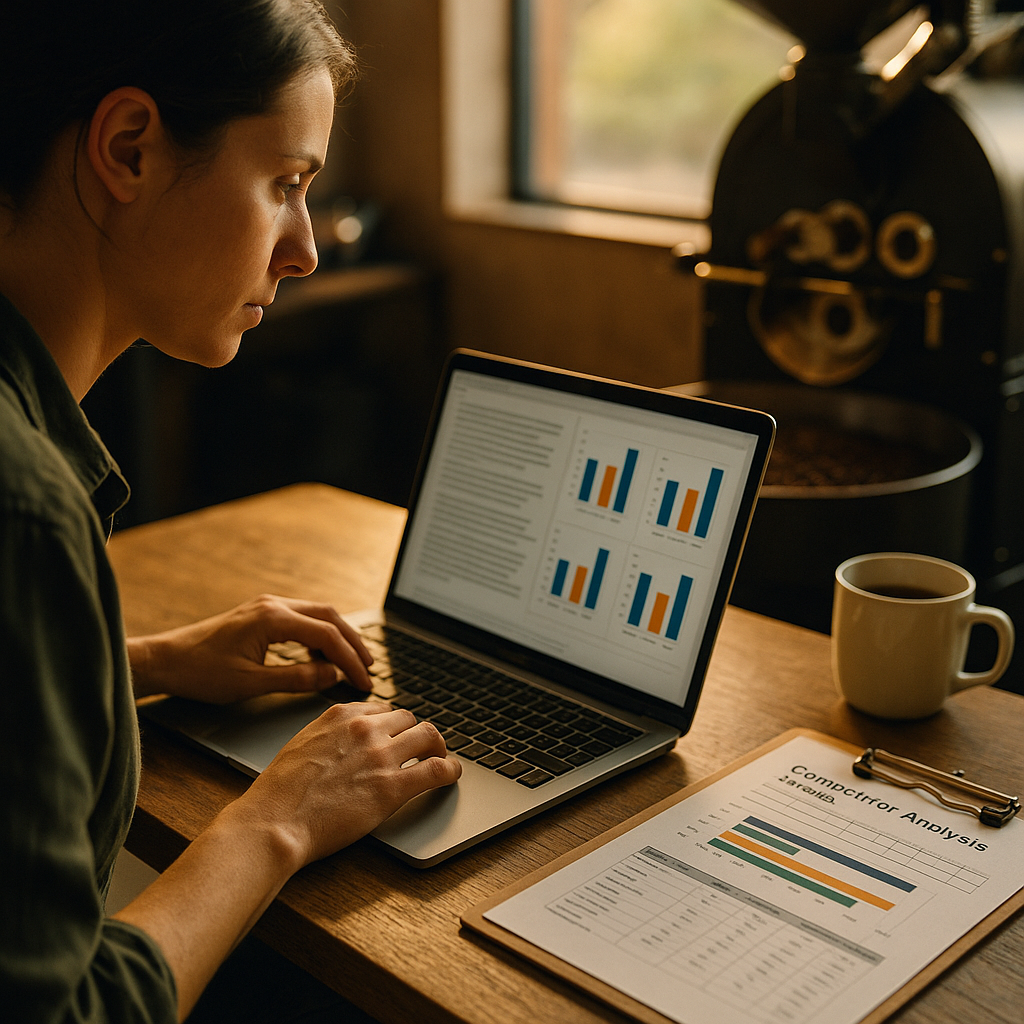Conducting a competitive analysis of your rivals’ influencer roasters is vital to sharpening your influencer marketing strategy and staying ahead in 2025. This process reveals how competitors leverage influencers, what works, and where opportunities lie for your brand. Dive into this step-by-step guide to gain a distinct competitive advantage and harness the full power of influencer roasters.
Understanding Influencer Roasters in a Competitive Landscape
Before you can analyze your competitors’ influencer roasters, it’s essential to understand what “influencer roasters” entail. These are curated lists or partnerships of influencers that brands engage to promote their products or services. In today’s market, a successful influencer roaster goes beyond numbers—it involves authentic voices, diverse niches, and strategic alignments.
The competitive landscape in 2025 has seen brands prioritize influencers who not only have reach, but also excel in engagement and content quality. By recognizing these trends, you’ll know what to look for in your rivals’ approaches and how to capitalize on missed opportunities.
Identifying and Profiling Your Competitors’ Influencer Roasters
For a thorough competitor influencer analysis, start by pinpointing direct competitors in your niche. Identify both established rivals and emerging brands capturing market share through influencer marketing.
- Audit their influencer roasters: Track which influencers they partner with regularly. Review content tags, mentions, and branded campaigns across Instagram, TikTok, and YouTube.
- Profile influencers: Use tools like Upfluence or Aspire to assess each influencer’s engagement rates, audience demographics, and how their content aligns with the competitor’s brand values.
- Assess partnership types: Are your rivals using long-term brand ambassadors, one-off collaborations, or ambassador programs? This distinction will clarify their influencer marketing maturity.
Detailed profiling enables you to map out your competitors’ influencer networks and spot potential gaps or strengths.
Evaluating Content Performance and Engagement Strategies
An essential part of a competitor analysis of influencer roasters is reviewing the content’s performance and engagement strategies. In 2025, marketers focus on genuine engagement over superficial metrics like follower counts.
- Analyze campaign results: Examine likes, shares, comments, and saves on sponsored posts. Platforms like HypeAuditor can help estimate reach and engagement rate.
- Scrutinize engagement authenticity: Check for signs of comment pods or fake engagement. Authentic interaction—such as meaningful conversations and user-generated content—indicates true influence.
- Review content style and storytelling: Consider the relevance, creativity, and alignment with brand positioning. Is the influencer content replicable, or does it offer a unique twist?
Understanding what content resonates with competitor audiences shows you what moves the needle and what noise to avoid.
Spotting Influencer Partnerships and Strategic Trends
Keep a close eye on partnership patterns and influencer marketing trends your competitors adopt. As 2025 emphasizes authenticity and value-driven marketing, spotting these trends early is imperative.
- Seasonal and evergreen campaigns: Are competitors focusing on specific holidays, product launches, or consistently running influencer content throughout the year?
- Influencer tiers: Track the mix of macro, micro, and nano-influencers. Micro-influencers are top performers in 2025 due to niche expertise and tight-knit engagement.
- Multichannel collaborations: Note if competitors use cross-platform strategies (Instagram Reels, TikTok challenges, YouTube shorts) for stronger impact.
- Diversity and inclusion: Monitor whether influencer roasters reflect diverse voices and global perspectives, a trend increasingly expected by digital audiences.
Recognizing these tactics prepares your brand to improve upon competitors’ influencer strategies.
Leveraging Insights to Refine Your Influencer Marketing Strategy
Once you’ve mapped competitors’ influencer roasters and analyzed their approaches, apply your findings to refine your own strategy. Use your competitive analysis as a benchmark to identify opportunities and avoid pitfalls.
- Select strategic influencers: Pursue influencers with untapped potential or higher engagement in your niche.
- Innovate content formats: Experiment with creative storytelling, live events, or co-branded challenges that resonate with your core audience.
- Track campaign impact: Employ robust analytics to measure performance, set clear KPIs, and iterate based on data-driven insights.
- Foster authentic relationships: Build long-term partnerships rather than transactional one-off deals for sustained brand advocacy.
This approach ensures you’re receptive to evolving trends while setting new standards within your industry.
Conclusion: Turning Competitive Analysis into Influencer Marketing Success
In 2025, mastering a competitive analysis of your rivals’ influencer roasters empowers your brand to outshine the competition. By decoding competitors’ strengths, weaknesses, and emerging opportunities, you’ll craft data-driven, innovative influencer campaigns that deeply resonate and produce measurable impact.
FAQs on Competitive Analysis of Influencer Roasters
-
What is an influencer roaster?
An influencer roaster is a curated list or group of influencers a brand strategically partners with to promote its products, services, or campaigns.
-
Which tools help analyze competitor influencer roasters?
Platforms such as Upfluence, Aspire, HypeAuditor, and Social Blade are effective for exploring influencer partnerships, content performance, audience analytics, and engagement quality.
-
How can I spot fake engagement in a competitor’s influencer campaign?
Watch for sudden engagement spikes, repetitive comments, or irrelevant interactions. Authentic campaigns feature organic, meaningful comments and conversations with followers.
-
What’s the biggest trend in influencer marketing for 2025?
In 2025, brands prioritize genuine engagement, diverse voices, micro-influencers, and multichannel collaborations to create personalized connections and stronger ROI.
-
How often should I review competitors’ influencer roasters?
Regular reviews, at least quarterly, keep your strategy fresh and help you quickly spot new trends and partnership opportunities your competitors may target.
